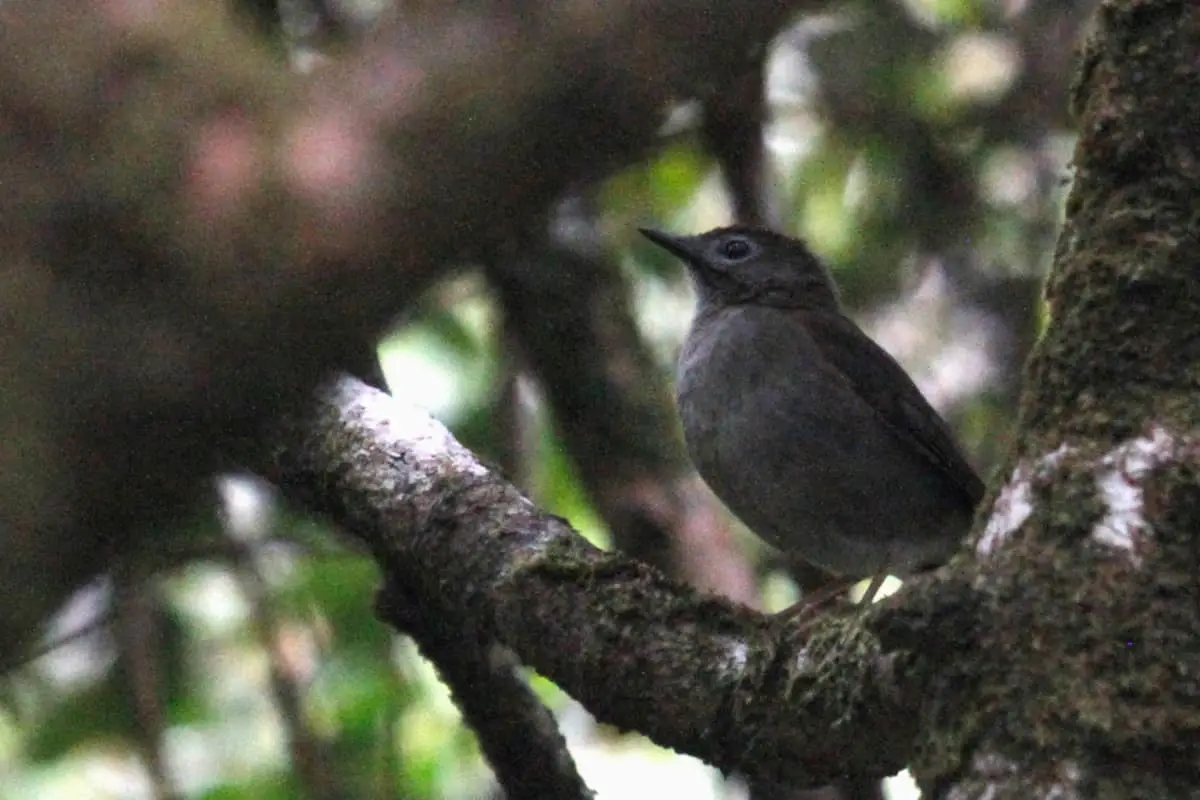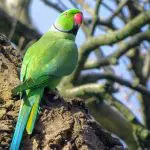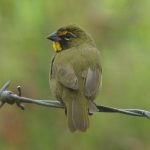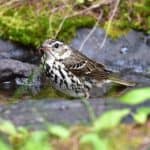Common Name: Puaiohi
Scientific Name: (Myadestes palmeri)| Size | Diet | Range in Hawaii | Status in Hawaii |
|---|---|---|---|
| 6 in. - 7 in. | fruits, berries and insects | Kaua'i | Critically Endangered |
The Puaiohi, also known as the Small Kauaʻi Thrush (Myadestes palmeri), is a rare and endangered bird species that is native to the Hawaiian island of Kauaʻi. Endemic to Hawaii, the Puaiohi is a beloved sight among birdwatchers and a symbol of the islands’ unique biodiversity.
However, the species is now considered critically endangered due to habitat loss, disease, and other threats. In this article, we will explore the fascinating world of the Puaiohi, its unique characteristics, and its presence in Hawaii.
Puaiohi
Appearance
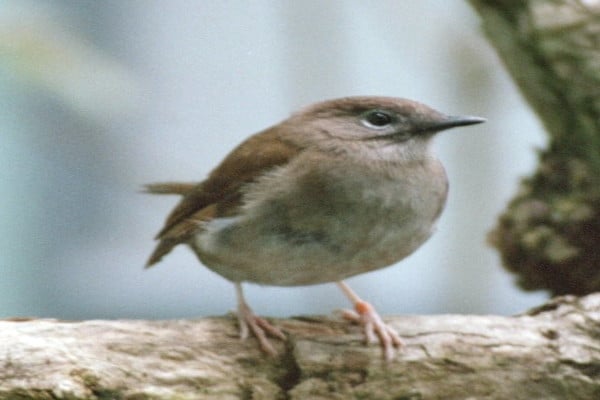
The Puaiohi is a medium-sized songbird with a unique and distinct appearance. It measures about 6 to 7 inches (15 to 18 centimeters) in length from beak to tail. The plumage of the Puaiohi is primarily dark olive or grayish-brown on the upperparts, while the underparts are pale gray or white.
It has a stout beak and relatively short wings and tail. The eyes of the Puaiohi are dark and its legs are strong and adapted for perching and maneuvering through the forest vegetation.
Diet
The Puaiohi is an omnivorous bird species that feeds on a variety of foods. Its diet consists primarily of fruit and berries, with a smaller portion of its diet consisting of insects and other invertebrates.
The species plays an important role in the ecosystem by helping to disperse the seeds of native plant species. Important food sources include fruits of the native ʻolapa, lapalapa, ʻōhiʻa ha, and kanawao.
Nesting
The Puaiohi builds its nests in the dense foliage of the native forests of Kaua’i. The nesting season usually begins in late winter or early spring, around February to April.
The female Puaiohi constructs a cup-shaped nest using a variety of materials, including twigs, leaves, moss, and rootlets. The nest is typically placed in the fork of a tree branch or against the trunk, providing stability and protection for the eggs and nestlings.
The female Puaiohi lays 2 to 3 eggs, which are pale blue or greenish-blue in color with dark speckles. Both the male and female take turns incubating the eggs for about 17 to 19 days until they hatch. Once the eggs hatch, both parents are actively involved in feeding and caring for the nestlings.
The Puaiohi feeds its young with a diet of insects, spiders, and small invertebrates, which are rich sources of protein for their growth and development. The parents make frequent trips to gather food and return to the nest to feed the hungry chicks.
The nestlings remain in the nest for about 15 to 20 days before they fledge and begin to explore the surrounding forest under the guidance and supervision of their parents.
Behavior
The Puaiohi is known for its unique and varied behavior. The species is highly active and is often seen hopping and flitting through the underbrush in search of food. It is also known for its melodious singing, which includes a varied series of whistles and trills.
The Puaiohi is a social bird and is often found in pairs or small groups. It is also known for its aggressive behavior towards other birds and will defend its territory fiercely. The species is diurnal and is most active during the day, spending its nights roosting in trees or shrubs.
Habitat
The Puaiohi inhabits the unique and diverse habitats of the Alaka’i Swamp and steep gulches. These habitats are characterized by dense vegetation, including native trees, shrubs, and ferns. The Puaiohi can be found in both lowland and montane rainforests, with elevations ranging from sea level up to around 4,000 feet.
They are well adapted to this wet and misty environment, which provides them with ample food sources such as insects, fruits, and nectar from native flowers. The Puaiohi relies on the intact native forest ecosystem for its survival, as it requires a healthy and undisturbed habitat to thrive.
Range
The Puaiohi is an endemic bird species found exclusively on the island of Kaua’i in Hawaii. Its range is primarily limited to the steep gulches within the Alaka’i Swamp. This species is known to inhabit the dense vegetation and forested areas of the swamp, particularly in the higher elevations.
Conservation Status
The Puaiohi, also known as the Small Kaua’i Thrush, is classified as Critically Endangered by the International Union for Conservation of Nature (IUCN). It is one of the rarest birds in the world, with a highly restricted range on the island of Kaua’i in Hawaii. The population of Puaiohi is currently estimated to be less than 500 individuals.
Interesting Facts
1. Olive-gray plumage
The Puaiohi has a distinctive olive-gray plumage that helps it blend into the dense vegetation of its forest habitat. The coloration provides camouflage and protection against predators.
2. Thrush characteristics
The Puaiohi belongs to the thrush family (Turdidae) and shares some common characteristics with other thrush species, such as a plump body, long legs, and a slightly downward-curving bill.
3. Shy and elusive
Puaiohis are known to be shy and elusive birds, often remaining hidden within the thick vegetation of their habitat. This behavior makes them challenging to observe in the wild.
4. Limited range
The Puaiohi is confined to the wet, upland forests of the Alaka’i Wilderness Preserve on Kaua’i. Its range is highly restricted, adding to its vulnerability and conservation concerns.
Frequently Asked Questions
1. How long do Puaiohi live?
The exact lifespan of Puaiohi in the wild is not well documented. However, similar species in the Myadestes genus have been known to live up to 10 years or more.
2. Are there any predators that threaten the Puaiohi?
The Puaiohi faces threats from introduced predators such as rats, cats, and mongoose, which prey upon their eggs, nestlings, and even adult birds. These introduced predators pose a significant challenge to the survival of the species.
3. How does the Puaiohi communicate?
The Puaiohi has a melodic and varied song that consists of a series of clear and flutelike notes. Males often sing to establish territories and attract mates. They also use soft calls to communicate with their mate and maintain contact within their social groups.
4. Are Puaiohi birds social or solitary?
Puaiohi birds are generally solitary or found in small family groups. They defend territories and are not known for forming large flocks. However, during the breeding season, pairs engage in cooperative behaviors such as nest building and raising their young together.
